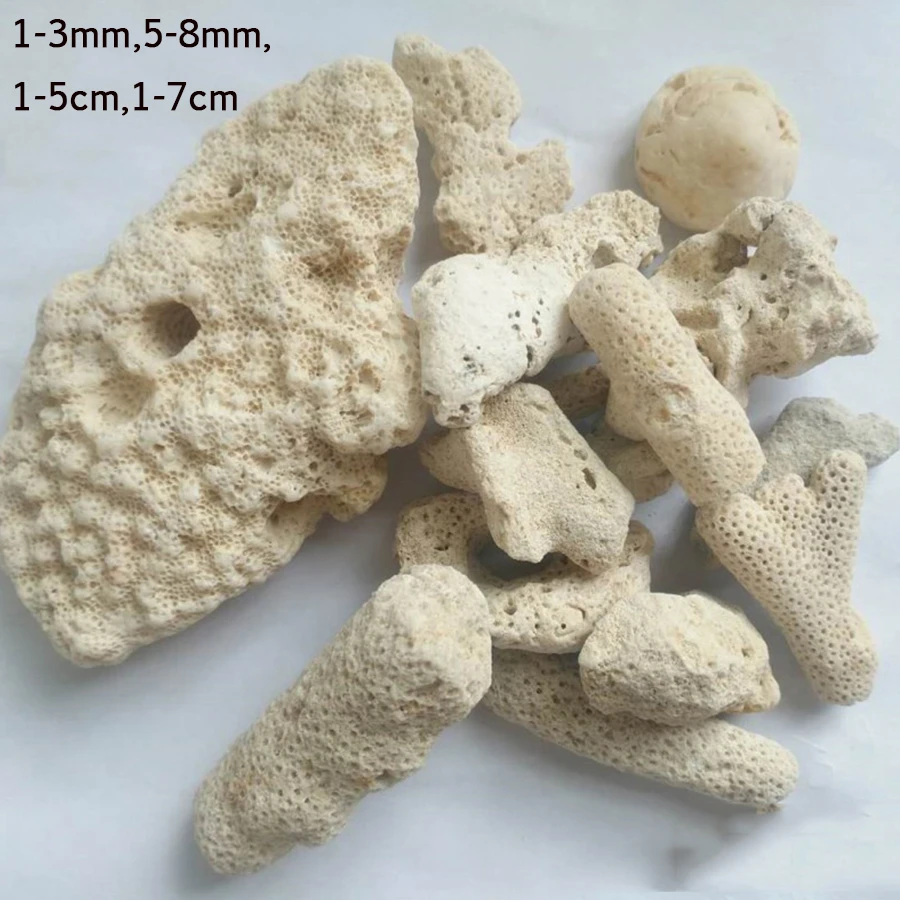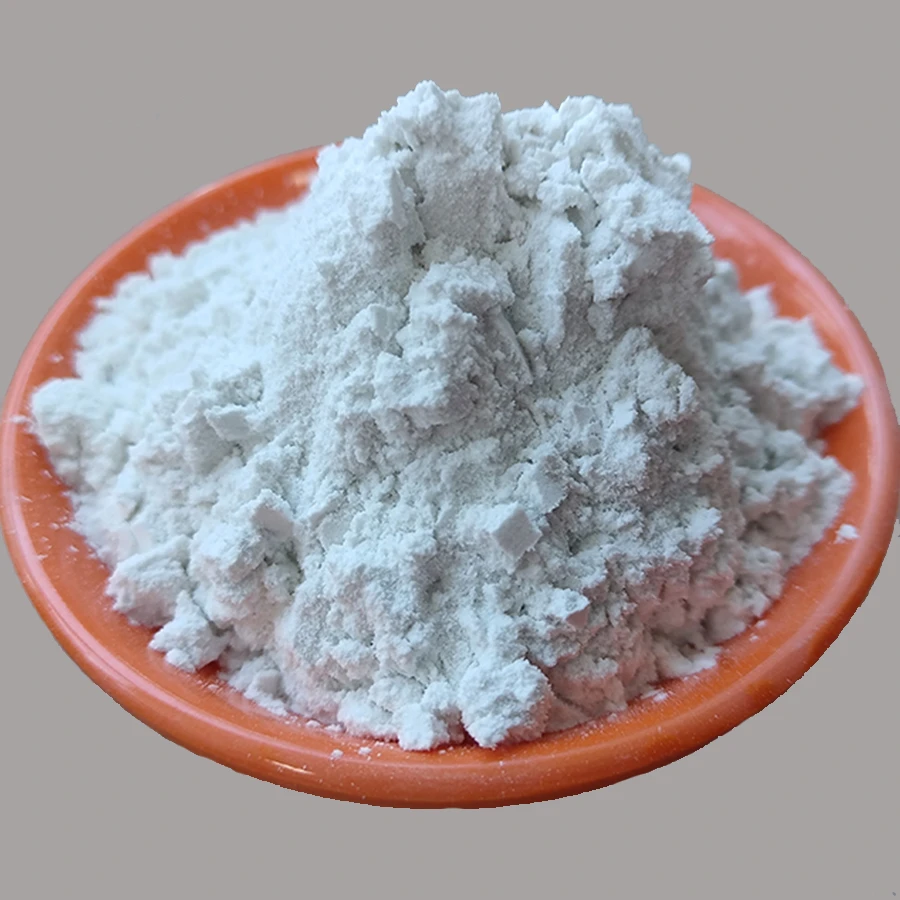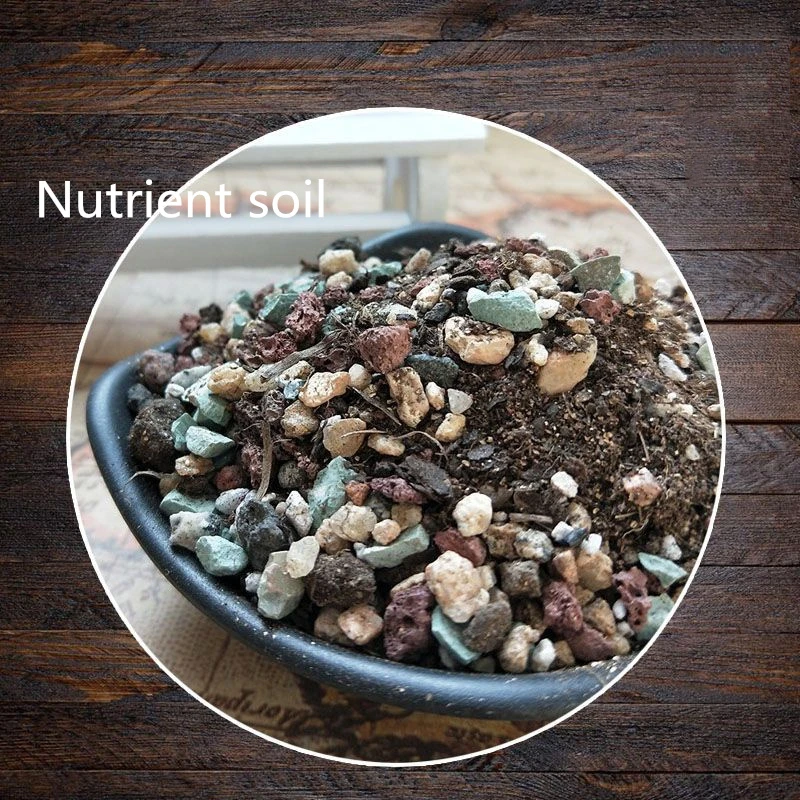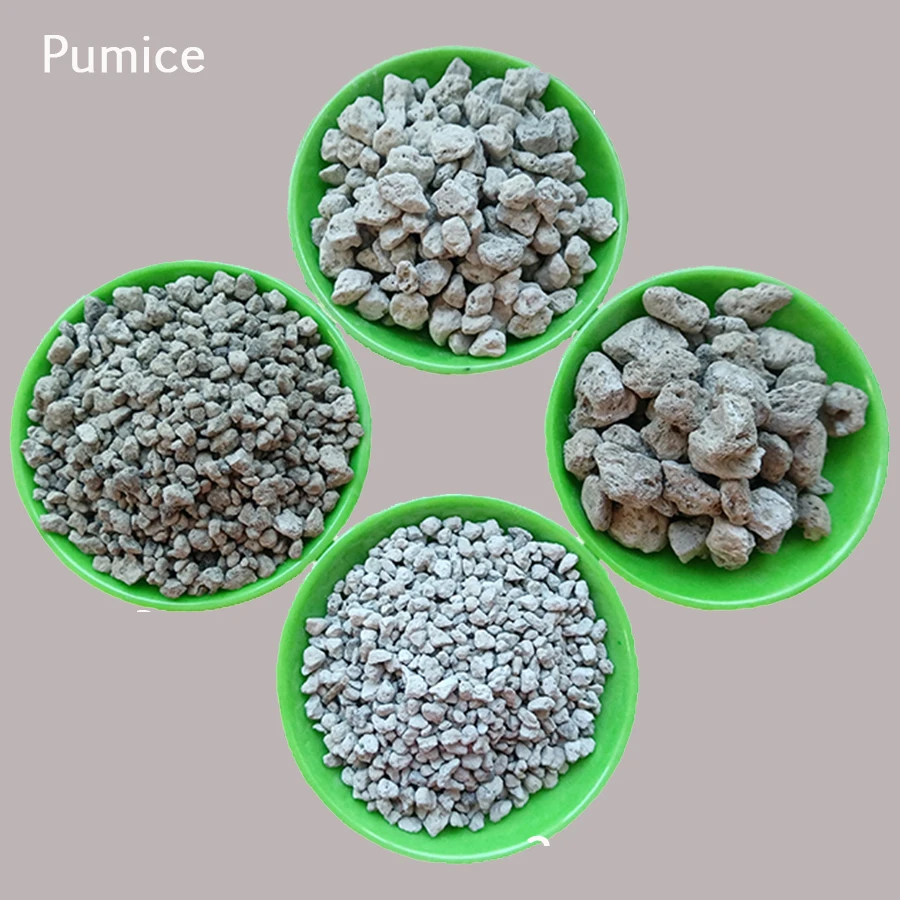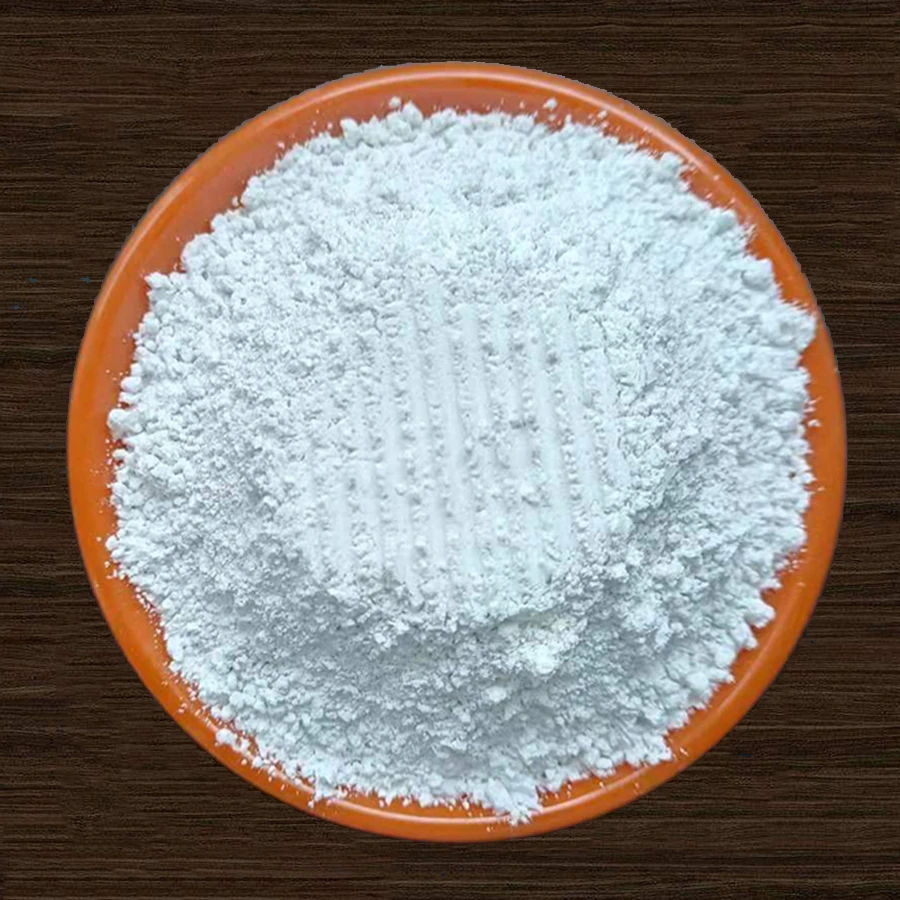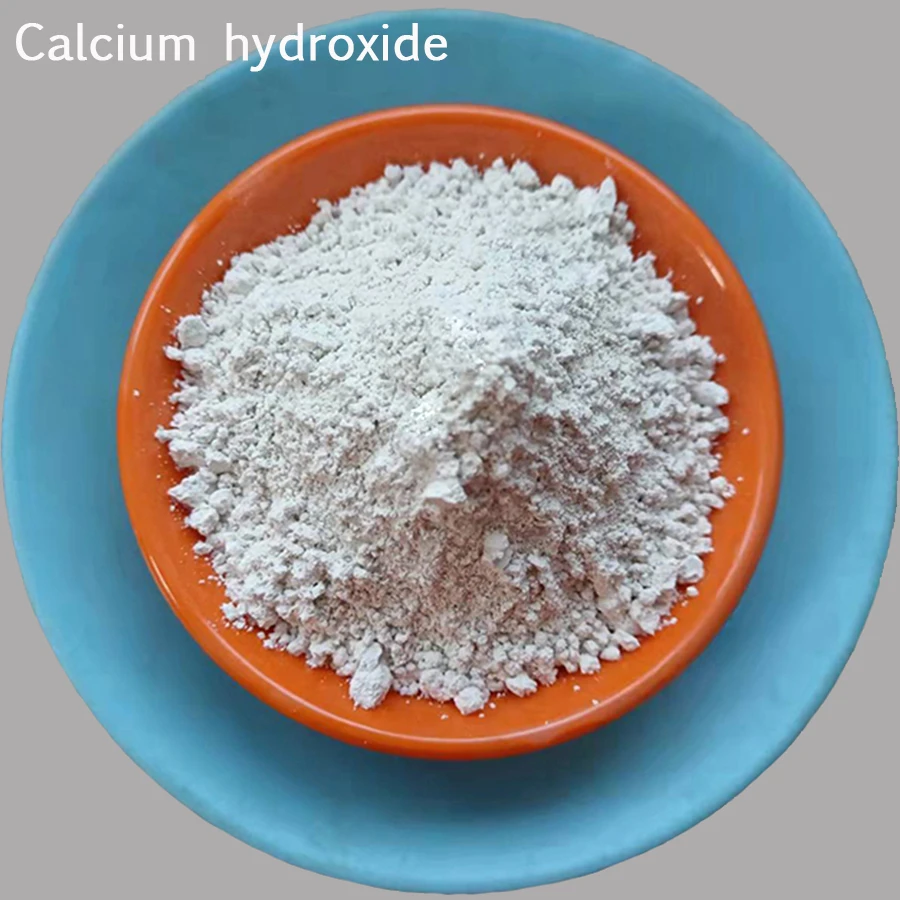
- Afrikaans
- Albanian
- Arabic
- Belarusian
- Bengali
- Czech
- Danish
- Dutch
- English
- Finnish
- French
- Galician
- German
- Greek
- Hebrew
- Hungarian
- Indonesian
- irish
- Italian
- Japanese
- Javanese
- kazakh
- Khmer
- Rwandese
- Korean
- Kyrgyz
- Lao
- Latin
- Latvian
- Lithuanian
- Malay
- Maltese
- Mongolian
- Myanmar
- Norwegian
- Persian
- Polish
- Portuguese
- Romanian
- Russian
- Serbian
- Slovak
- Spanish
- Swedish
- Tagalog
- Thai
- Turkish
- Ukrainian
- Vietnamese
- Welsh
- Introduction to Silica Fume as a Concrete Admixture
- Technical Advantages and Performance Metrics
- Comparative Analysis of Leading Manufacturers
- Customized Application Strategies
- Case Studies: Real-World Implementation
- Quality Standards and Testing Protocols
- Future Trends in Silica Fume Utilization
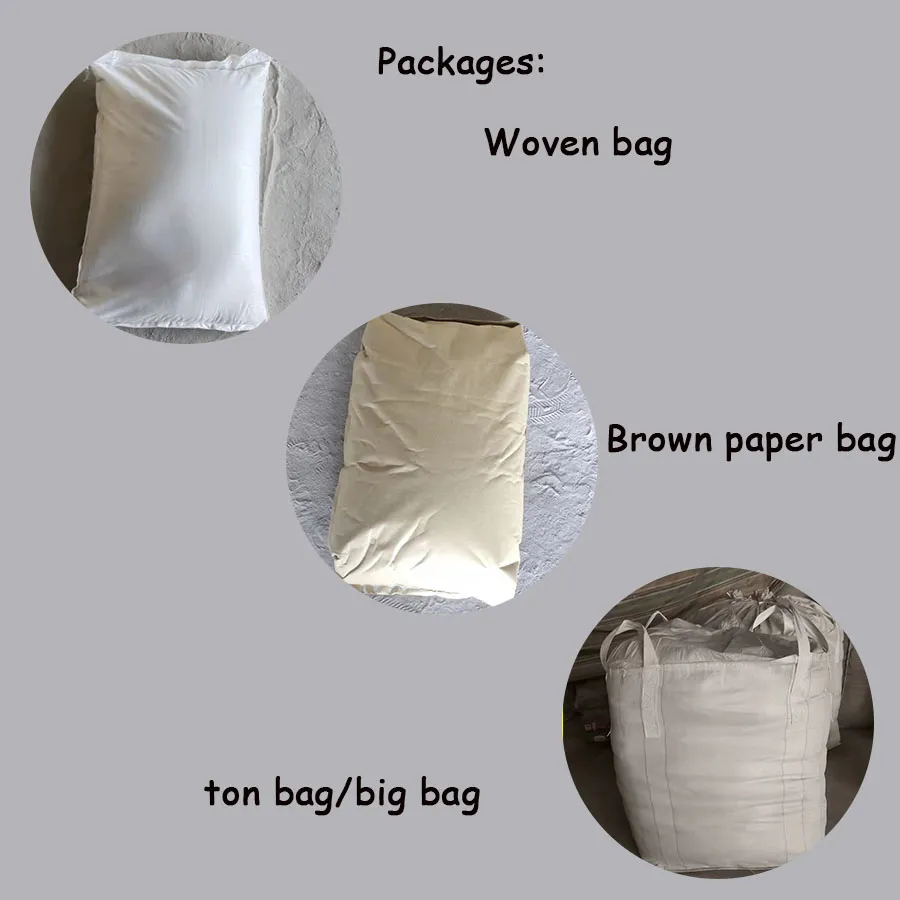
(silica fume as an admixture in concrete)
Enhancing Concrete Performance with Silica Fume Admixture
Silica fume, a byproduct of silicon metal production, has revolutionized modern concrete technology. As a supplementary cementitious material, this ultra-fine powder (particle size 0.1-0.3 μm) typically constitutes 7-12% of cementitious content in high-performance mixes. Its primary function revolves around pore structure refinement – reducing average pore diameter from 10μm in standard concrete to below 1μm. This microstructural modification directly correlates with a 35-50% increase in compressive strength (56-day curing) and 70% reduction in chloride ion permeability compared to conventional mixes.
Technical Superiority in Construction Applications
Modern engineering demands concrete with >80 MPa compressive strength and <1,000 coulombs chloride penetration resistance. Silica fume admixtures meet these thresholds through three mechanisms:
- Pozzolanic Reactivity: 85-95% SiO₂ content enables secondary hydration
- Filler Effect: 100-150m²/g surface area improves particle packing
- Durability Enhancement: 0.6-0.8% carbon content optimization prevents corrosion
Field tests demonstrate 0.25% water reduction per 1% silica fume addition when using polycarboxylate superplasticizers. This synergy enables 0.35 water-cement ratios while maintaining 200mm slump retention.
Manufacturer Comparison: Key Specifications
| Brand | SiO₂ Content | Particle Size (μm) | Dosage Range | Price (USD/ton) |
|---|---|---|---|---|
| Elkem Microsilica® | 92.5% | 0.15 | 5-15% | 850-1,200 |
| WR Grace Force® 10,000D | 90.8% | 0.18 | 7-12% | 1,050-1,400 |
| BASF MasterRoc® MS 685 | 94.2% | 0.12 | 8-10% | 1,150-1,500 |
Customized Solutions for Project Requirements
Advanced blending systems now enable precise silica fume dosing based on:
- Concrete exposure class (XS3 chloride environments require 10-12% addition)
- Placement method (shotcrete applications use 6-8% with accelerators)
- Early strength needs (3-day strength >40 MPa achievable with 15% dosage)
Automated dispensing systems maintain ±0.5% dosage accuracy, crucial for mega-projects exceeding 50,000m³ concrete pours.
Documented Success in Infrastructure Projects
Three landmark projects illustrate silica fume's impact:
| Project | Silica Fume % | 28-Day Strength | Chloride Resistance |
|---|---|---|---|
| Øresund Bridge (Denmark/Sweden) | 9.5 | 92 MPa | 98% reduction |
| Burj Khalifa (UAE) | 12 | 110 MPa | 1,200-year corrosion protection |
| Gotthard Base Tunnel (Switzerland) | 8 | 85 MPa | 0.02% chloride ingress |
Compliance and Testing Methodologies
ASTM C1240-20 specifications govern silica fume quality, mandating:
- Loss on ignition ≤6%
- Moisture content ≤3%
- 45μm sieve residue ≤10%
Third-party verification through isothermal calorimetry confirms pozzolanic activity index ≥110% at 7 days. Advanced SEM-EDS analysis verifies particle distribution uniformity – critical for achieving specified 0.85-0.92 dispersion coefficients.
Silica Fume Admixture: The Sustainable Choice
With global infrastructure spending projected to reach $9.1 trillion annually by 2025, silica fume-enhanced concrete offers 30-40% material reduction through cross-section optimization. Lifecycle assessments show 18% lower embodied carbon per MPa strength compared to traditional mixes. Ongoing R&D focuses on nano-engineered variants (particle size <50nm) that could enable 150 MPa concrete with self-sensing capabilities – positioning silica cement admixtures as essential for next-generation construction.

(silica fume as an admixture in concrete)
FAQS on silica fume as an admixture in concrete
Silica Fume as an Admixture in Concrete
Q: What is the primary purpose of using silica fume as an admixture in concrete?
A: Silica fume enhances concrete strength and durability by filling microscopic voids, reducing permeability, and improving resistance to chemical attacks.
Q: How does silica fume admixture improve concrete's mechanical properties?
A: It increases compressive and flexural strength through pozzolanic reactions, creating a denser matrix with fewer weak points.
Q: Can silica cement admixture be used with other concrete additives?
A: Yes, it is often combined with superplasticizers to maintain workability while achieving high-performance concrete mixes.
Q: What are common applications of silica fume in concrete construction?
A: It is used in high-strength structures, marine environments, bridges, and industrial floors where durability and corrosion resistance are critical.
Q: Are there limitations to using silica fume as a concrete admixture?
A: Overuse can reduce workability and increase water demand, requiring precise dosing and often supplementary admixtures for optimal performance.
Related News





